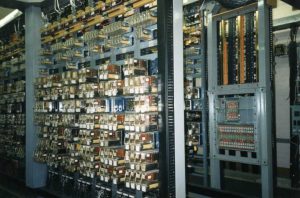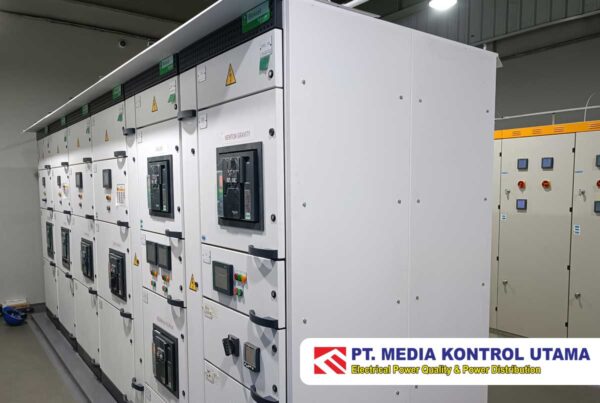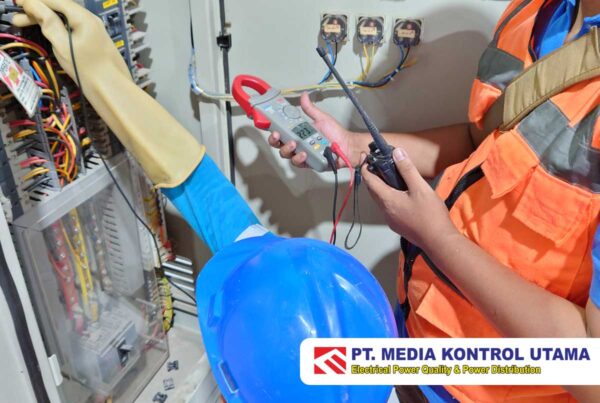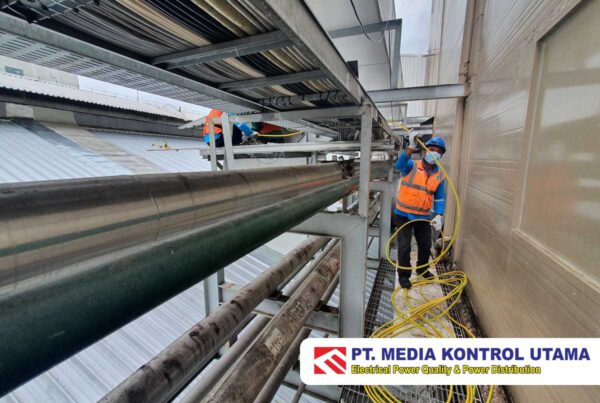What is a PLC (Programmable Logic Controller)?
A Programmable Logic Controller, commonly known as a PLC, is a programmable logic control device. Generally box-shaped, it can be programmed to perform specific actions and outputs based on the inputs it receives, following specific rules.
PLCs are used in various commercial and industrial settings such as airports, office buildings, railways, and manufacturing facilities. In this post, we’ll review the use of PLCs specifically in the context of factories.
Connecting Equipment and Systems with PLC
Connecting equipment and systems using a PLC is very different from traditional methods like using relay logic systems. Although electrical relays can control industrial processes similar to a PLC, they have significant drawbacks in terms of configuration and maintenance.
For instance, if you have a load bank system made up of wiring, and you need to change the system, you must reconnect everything directly on-site.
Additionally, if a system failure occurs, responsible personnel must patrol the entire system to identify the cause, which can be time-consuming and resource-intensive, depending on the system’s complexity.

Relay Room – Wikipedia
Introduction of Solid-State Electronics and Microchips
With the introduction of solid-state electronics and microchips, the logic functions used by electrical relays were replaced by software logic in PLCs. PLCs are much easier to configure and maintain and are designed to withstand harsh conditions often found in industrial environments, making them ideal for manufacturing facilities.
Why Do Factories Use PLCs?
As of 2019 and beyond, PLCs remain prevalent due to their simplicity and flexibility. They are robust enough to adapt to various environments and tasks, and even technicians without prior programming knowledge can quickly learn to use them. There are several features that make PLCs a preferred choice in industries relying on these systems.
Industries such as oil & gas, water utilities, food and beverage manufacturing, and public works benefit significantly from PLCs.
Ease of Programming
When people praise the flexibility and advantages of PLC systems, they often refer to how easily individuals with minimal knowledge can program them. Technicians can easily collaborate with consumers, and you can expand PLC systems by programming them to follow a set of instructions under certain conditions.
Given the wide range of uses in various industries, workers in each company will have their unique expertise. Using PLCs, you don’t need someone proficient in computer programming to rewrite programs or make changes to the system.
Integrated Programming Environment
PLCs are the preferred method for controlling, measuring, and executing tasks in complex manufacturing and industrial applications because they work well with other systems. PLCs are compatible with PCs, PACs (Programmable Automation Controllers), motion control devices, and HMIs.
For effective use, PLCs must be well-planned and should not be too difficult to operate. However, larger-scale PLC systems require technicians with basic knowledge to access various functions, communicate with different data sources, and perform complex tasks.
Data Collection
The number of inputs in a PLC system can be adjusted to meet your needs. There is no limit to the number of data sources or data streams that can be input. Measuring devices, sensors, and motion controls can capture several parameters, so it’s up to you to determine how this data is collected and how the output is displayed.
Predictive Maintenance
PLCs, equipped with greater memory and processing capacity, can be programmed to perform complex and heavy tasks. One such task is predictive maintenance. Predictive maintenance, especially in the early stages of Industry 4.0, is unparalleled.
In a factory, every piece of equipment can be connected and responsible for operating several processes. Predictive maintenance can significantly increase efficiency and reduce downtime in your factory.
It starts with preventive maintenance.
If PLC-equipped equipment reaches a pre-programmed threshold, sensors will alert technicians that maintenance or replacement is needed.
PLCs can also interact with SCADA systems to display maintenance schedules and offer more flexible maintenance configurations.
Conclusion
PLCs provide ease and simplicity when dealing with increasing complexity. They offer a flexible and familiar solution for factories and technical staff. Nowadays, professionals prefer PLC systems for IoT applications or in conjunction with systems like SCADA.
As a logic control system, PLCs align well with Industry 4.0 trends for data prediction, error prediction, finding correlations between two or more data points, and system optimization.
Thank you, and see you in the next article! 👋
Contact Us
For expert consultation and repair services for your electrical needs, reach out to PT Media Kontrol Utama. Our experienced professionals are ready to help you maintain the reliability and safety of your electrical distribution system.



